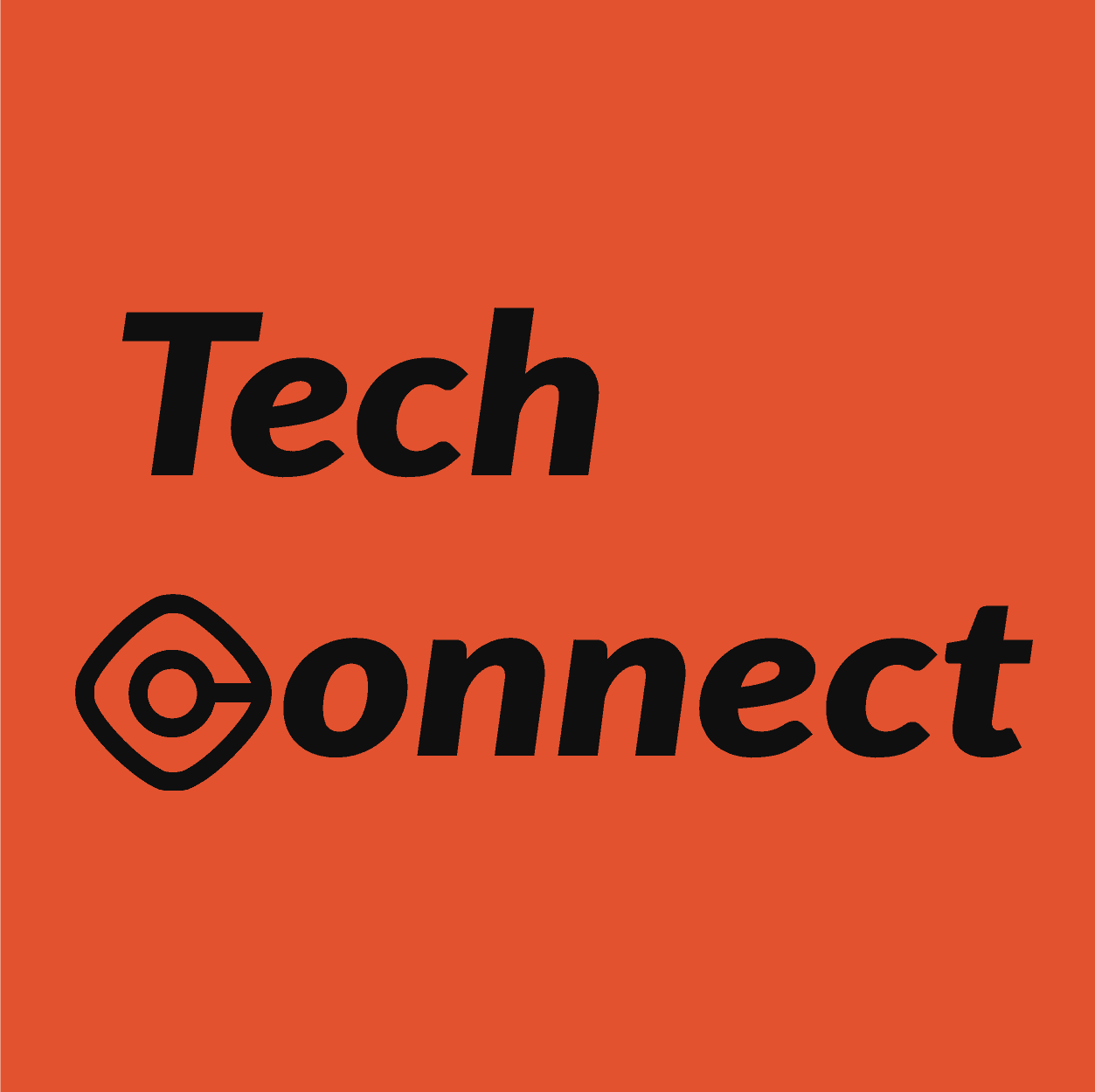Your knowledge management strategy must have a long-term outlook and translate into business value.
This week’s feature article explores the essential leadership skills companies need to develop effective data strategies that unlock business value.
In a nutshell, the four skills highlighted are:
- A proven change agent.
- Understands the organisation.
- Has a long-term strategy
- Can translate to business language.
What’s your take on this? Would you like to include any other abilities in the lineup? 🧐
This Week’s Top Reads:
-
-
- Training machines to learn more like humans do
- A Deep Dive into GPT Models: Evolution & Performance Comparison
- The ethics of innovation in generative AI and the future of humanity
- Sustainability highlights from Dell Technologies World 2023
- Business-led IT strategy casts shadow IT in more positive light
-
Training machines to learn more like humans do
Researchers identify a property that helps computer vision models learn to represent the visual world in a more stable, predictable way.
Imagine sitting on a park bench, watching someone stroll by. While the scene may constantly change as the person walks, the human brain can transform that dynamic visual information into a more stable representation over time. This ability, known as perceptual straightening, helps us predict the walking person’s trajectory.
Unlike humans, computer vision models don’t typically exhibit perceptual straightness, so they learn to represent visual information in a highly unpredictable way. But if machine-learning models had this ability, it might enable them to better estimate how objects or people will move.
MIT researchers have discovered that a specific training method can help computer vision models learn more perceptually straight representations, like humans do. Training involves showing a machine-learning model millions of examples so it can learn a task.
A Deep Dive into GPT Models: Evolution & Performance Comparison
The blog focuses on GPT models, providing an in-depth understanding and analysis. It explains the three main components of GPT models: generative, pre-trained, and transformers.
Over the past few years, there has been remarkable progress in the field of Natural Language Processing, thanks to the emergence of large language models. Language models are used in machine translation systems to learn how to map strings from one language to another.
Among the family of language models, the Generative Pre-trained Transformer (GPT) based Model has garnered the most attention in recent times. Initially, the language models were rule-based systems that heavily relied on human input to function. However, the evolution of deep learning techniques has positively impacted the complexity, scale and accuracy of the tasks handled by these models.
In our previous blog, we provided a comprehensive explanation of the various aspects of the GPT3 model, evaluated features offered by Open AI’s GPT-3 API and also explored the model’s usage and limitations. In this blog, we will shift our focus to the GPT Model and its foundational components. We will also look at evolution – starting from GPT-1 to the recently introduced GPT-4 and dive into the key improvements done in each generation that made the models potent over time.
The ethics of innovation in generative AI and the future of humanity
ChatGTP is just the tip of the iceberg for generative AI.
AI has the potential to change the social, cultural and economic fabric of the world. Just as the television, the cell phone and the internet incited mass transformation, generative AI developments like ChatGPT will create new opportunities that humanity has yet to envision.
However, with great power comes great risk. It’s no secret that generative AI has raised new questions about ethics and privacy, and one of the greatest risks is that society will use this technology irresponsibly. To avoid this outcome, it’s critical that innovation does not outpace accountability. New regulatory guidance must be developed at the same rate that we’re seeing tech’s major players launch new AI applications.
Sustainability highlights from Dell Technologies World 2023
At Dell Technologies World 2023, company reps discussed sustainability and showed some areas where the company has advanced. But making progress is no straightforward journey.
Dell Technologies World 2023 highlighted some of the complex issues technology companies face in trying to address sustainability.
An overwhelming 98% of midsize and large organizations acknowledge that environmental, social and governance (ESG) factors influence the selection of potential IT suppliers, according to research presented by TechTarget’s Enterprise Strategy Group at the technology conference in Las Vegas. Dell is among the 97% of organizations identified in the Enterprise Strategy Group research that said internal ESG programs affect business strategy.
But attendees at the show expressed concern that the lack of standards and often conflicting metrics in carbon measurement and accounting standards can hamper their own ability to track the true carbon effects of their IT operations accurately.
Here are insights from the conference that underscore the complexity of sustainability progress.
Business-led IT strategy casts shadow IT in more positive light
Traditional shadow IT is giving way to business-led technology deployments that have the IT department’s approval. But CIOs must manage the process to avoid problems.
Enterprise investments in IT continue to grow, partly to help organizations move into the digital business future. Despite inflation, supply chain disruptions and fears of a recession, Gartnercurrently predicts worldwide spending on IT products and services will still increase by 2.4% in 2023, thanks to strong enterprise demand. But how IT purchases are made is changing: Many CIOs are seeing their direct authority over technology spending decline as business units increasingly take the lead on IT initiatives themselves.
Multiple surveys and studies have confirmed that business-driven IT strategies now account for a significant proportion of technology budgets as a whole. For example, a survey of 501 IT executives and managers, conducted by IT management software vendor Flexera and released in June 2022, found that business units control 25% of IT spending in organizations on average — a result that was consistent with the 2021 version of the annual survey, when the average was 26%.
In a 2021 survey done by recruiting and professional services firm Nash Squared, 26% of the 2,120 CIOs and other IT leaders who responded said that more than one-quarter of their organization’s IT spending is controlled and managed outside of the IT department, while only 20% said no such spending happens at all. Also in 2021, Gartner said its research showed that total spending on IT initiatives led by business units averaged 36% of the formal IT budget in organizations.
Article by @TTBusinessTech
Knowledge management is a simple idea, but getting workers to participate is a different story.
Every knowledge management (KM) program needs a leader to oversee the team and its activities. The KM leader is responsible for planning, implementing, auditing, enhancing and maintaining an effective and efficient KM program within an organization. This person must understand the technical aspects of KM, but their ability to make personal connections and motivate others is most important, according to authors Nick Milton and Patrick Lambe in their book, The Knowledge Manager’s Handbook: A Step-by-Step Guide to Embedding Effective Knowledge Management in Your Organization.
Throughout the book, Milton and Lambe draw on their own experiences as KM experts, along with real-life case studies, to offer readers a practical guide for KM implementation.
THE DIGITAL EYE
I hope these articles are valuable.
I am passionate about technology, and I want to share that passion with you. I believe that it’s essential for everyone to stay up-to-date on the latest trends, so I’ve set out to cover all aspects of the industry – from data analytics to blockchain and AI.
Please let me know if you want to see any other topics covered, and I would appreciate your help sharing this blog with others interested.



